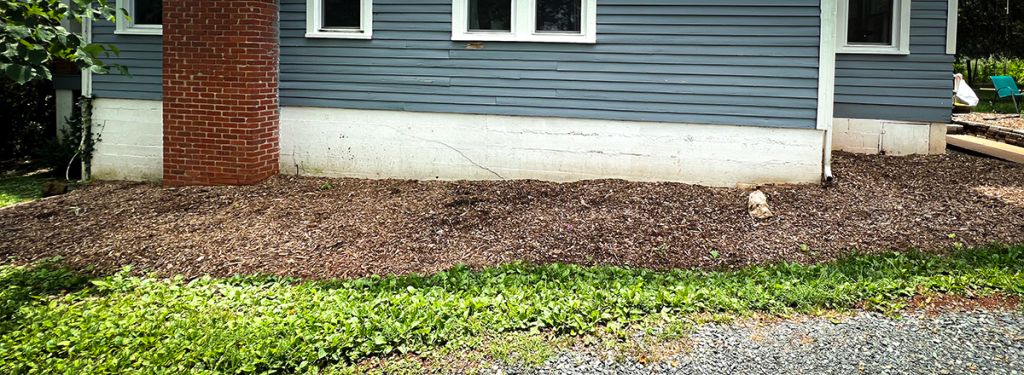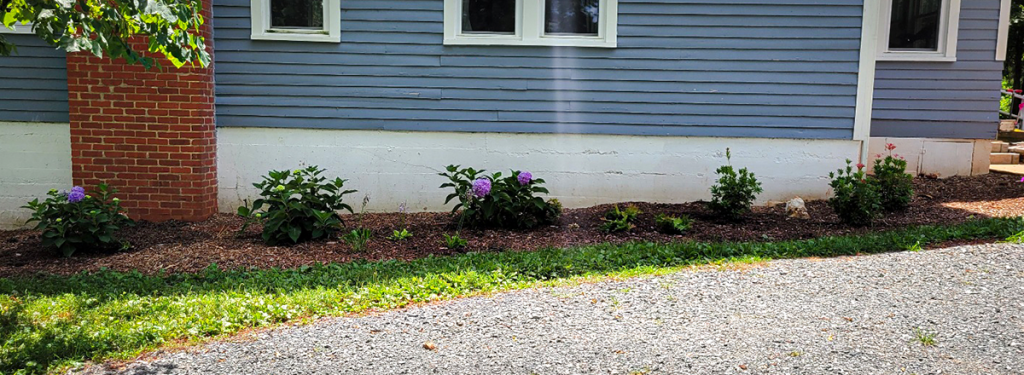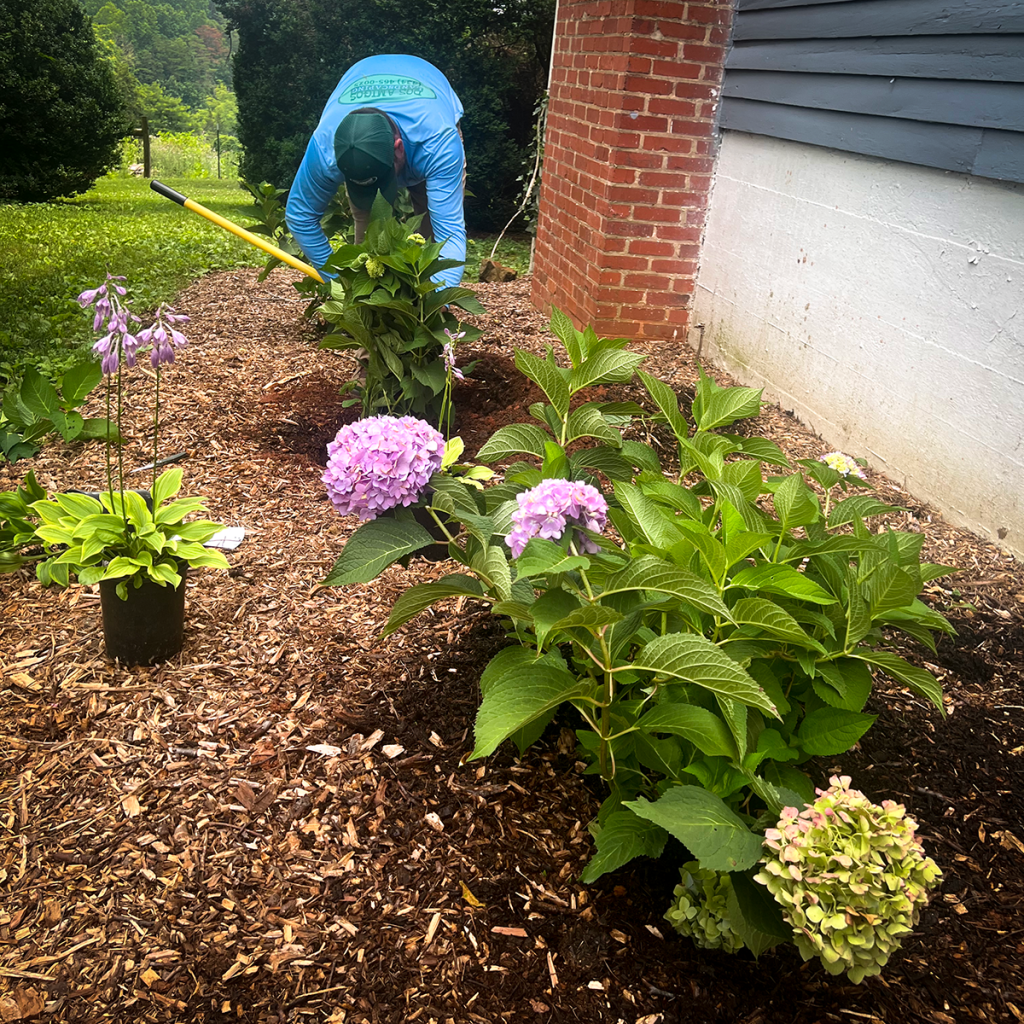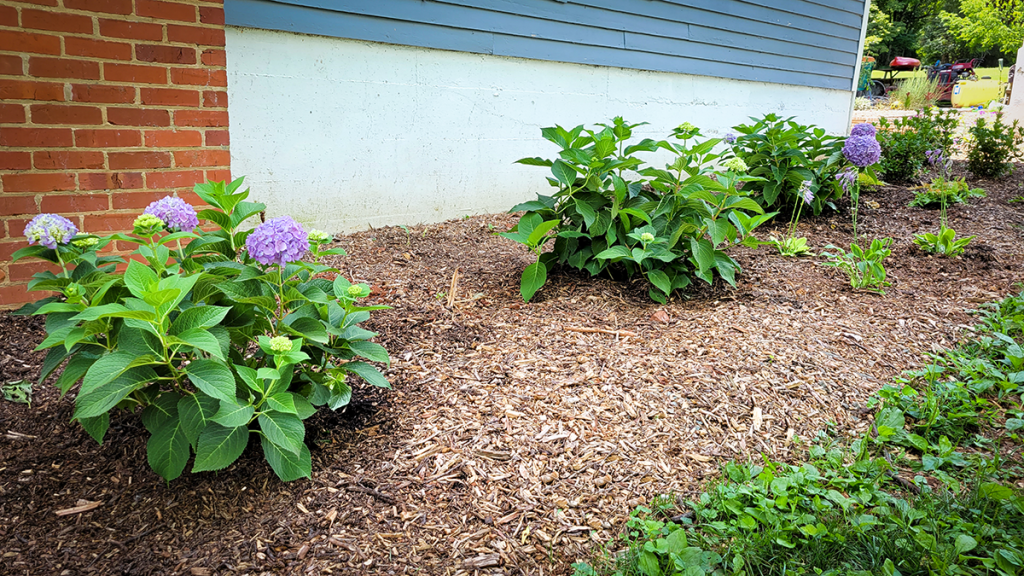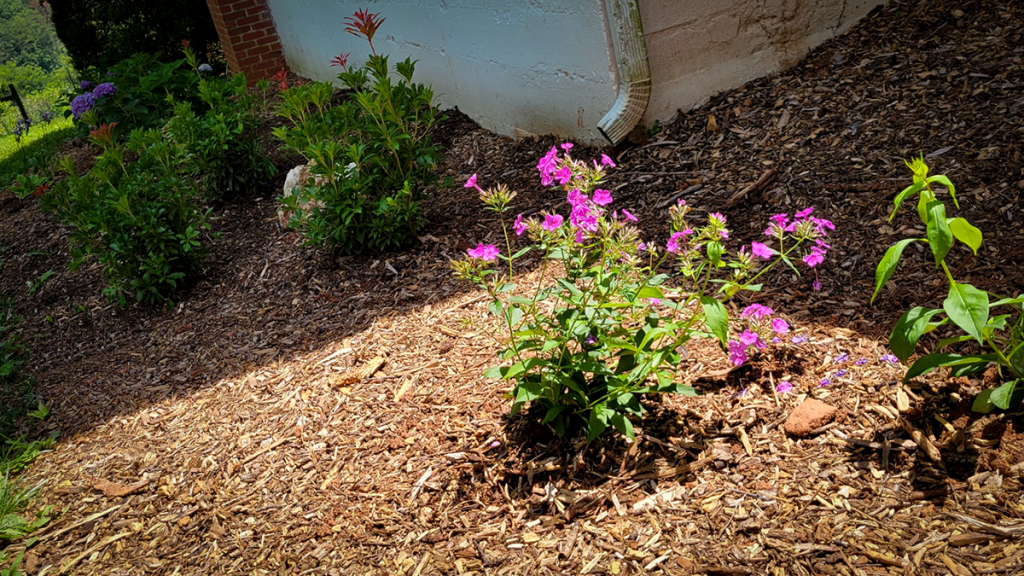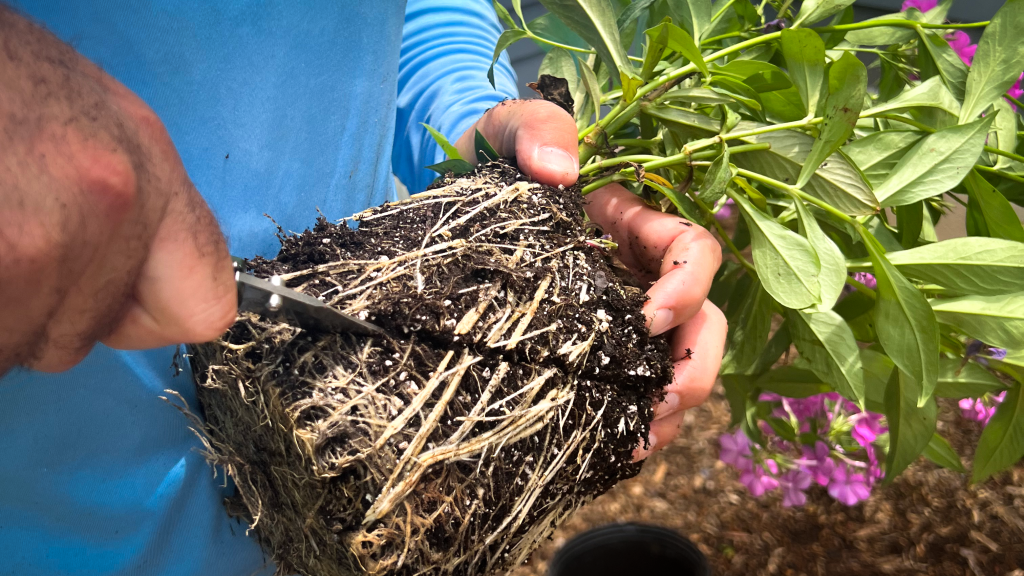We all know that some plants thrive in the hot sun and others prefer shadier spots, but what about those places around your house that are a little bit of both depending on the time of day? This is what we mean by a transitional bed – a space that gets sun in the morning but is shaded in the afternoon, or vice versa. These spaces can be tricky.
Plant selection
There are a couple of things to consider when selecting the plants for our transitional bed.
- Pay attention to the sun patterns before you choose plants. Does your area get morning sun or afternoon sun? Which side of the house is the bed on? Are there any large trees that could be shading the area? Also, if the area is large, one side of the bed could have different sun exposure than the other side.
- As with any plants around your house, consider how much maintenance you want to undertake. This time of year, are you willing to water plants often or do you need drought-tolerate options? Some other considerations include pruning requirements and blooms that can make a mess as they fall.
Client spotlight
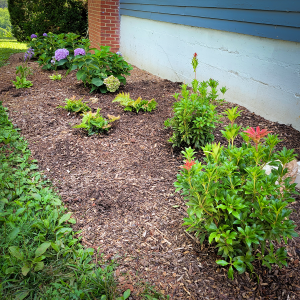 In this example, the customer wanted to liven up the north side of the house with a low maintenance plant installation. It gets a good amount sun in the morning, but it’s in full shade later in the day. This bed also runs the length of the house, so closer to the corners of the home gets more sun than the middle of the bed. When we arrived, there was an established base of wood chips, but the client needed some guidance in selecting appropriate plants.
In this example, the customer wanted to liven up the north side of the house with a low maintenance plant installation. It gets a good amount sun in the morning, but it’s in full shade later in the day. This bed also runs the length of the house, so closer to the corners of the home gets more sun than the middle of the bed. When we arrived, there was an established base of wood chips, but the client needed some guidance in selecting appropriate plants.
See the photo gallery below for snapshots of the project start to finish!
We used hydrangeas and pieris japonica to anchor the bed. Hydrangeas are fantastic for shadier areas because they are easy to maintain, they make a big impact, and most of them bloom continuously throughout the summer months. However, they can droop quickly if exposed to too much sun. Pieris japonica are also a great option because they give you four seasons of color; it is an evergreen for the winter, flowers in the spring, produces red growth tips in the summer, and turns a golden color in the fall. Other good options for shadier areas are otto luykens, rhododendrons, and azaleas.
To fill in the spaces between the larger plants, we used hostas, ferns, and phlox that are strategically placed according to their sun needs. The phlox can withstand full sun, so they were placed on the western side of the bed that gets some afternoon sun. The ferns and hostas are intentionally placed in the center of the bed to make use of the shadiest part.
Don’t forget! When you’re planting, you’ll oftentimes see that plants from the nursery are rootbound. Make sure to break this root pattern by scoring the base with a knife or breaking it loose with your fingers. This allows the plant’s roots to establish a wider, more supportive base underground.
Still unsure of what to do with your transitional bed?
Give us a call for a free estimate. Landscape renderings are also available.
